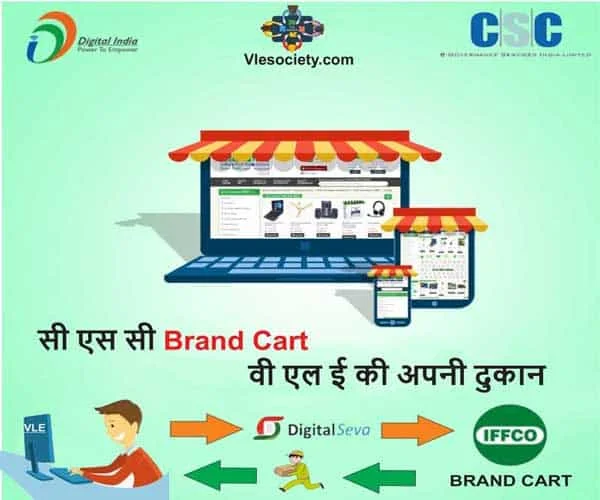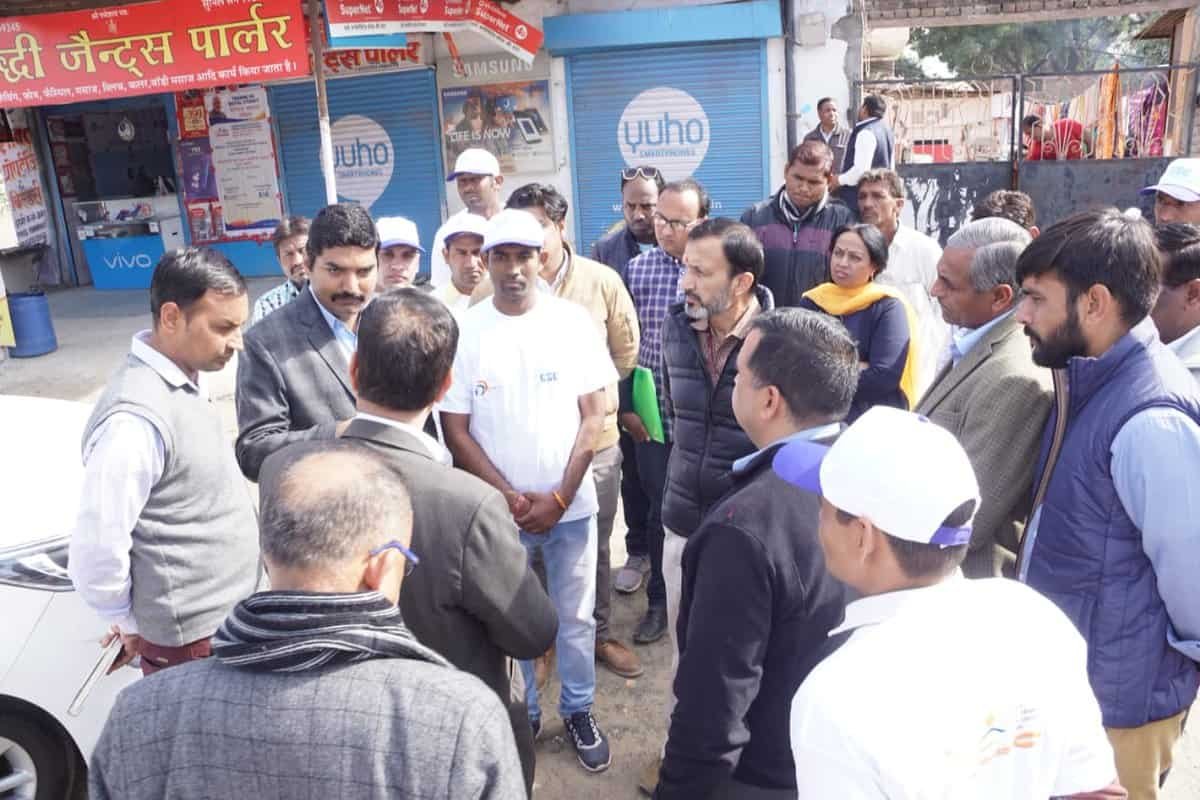Stories are powerful marketing tools
The CSC is a strategic cornerstone of the National e-Governance Plan (NeGP), approved by the Government in May 2006, as part of its commitment in the National Common Minimum Programme to introduce e-governance on a massive scale.
The CSCs would provide high quality and cost-effective video, voice and data content and services, in the areas of e-governance, education, health, telemedicine, entertainment as well as other private services. A highlight of the CSCs is that it will offer web-enabled e-governance services in rural areas, including application forms, certificates, and utility payments such as electricity, telephone and water bills.In addition to the universe of G2C services, the CSC Guidelines envisage a wide variety of content and services that could be offered as listed below:
- Agriculture Services (Agriculture, Horticulture, Sericulture, Animal Husbandry, Fisheries, Veterinary)
- Education & Training Services (School, College, Vocational Education, Employment, etc.)
- Health Services (Telemedicine, Health Check-ups, Medicines)
- Rural Banking & Insurance Services (Micro-credit, Loans, Insurance)
- Entertainment Services (Movies, Television)
- Utility Services (Bill Payments, Online bookings)
- Commercial Services (DTP, Printing, Internet Browsing, Village level BPO).
The Scheme creates a conducive environment for the private sector and NGOs to play an active role in implementation of the CSC Scheme, thereby becoming a partner of the government in development of rural India. The PPP model of the CSC scheme envisages a 3-tier structure consisting of the CSC operator (called Village Level Entrepreneur or VLE); the Service Centre Agency (SCA), that will be responsible for a division of 500-1000 CSCs; and a State Designated Agency (SDA) identified by the State Government responsible for managing the implementation in the entire State.






